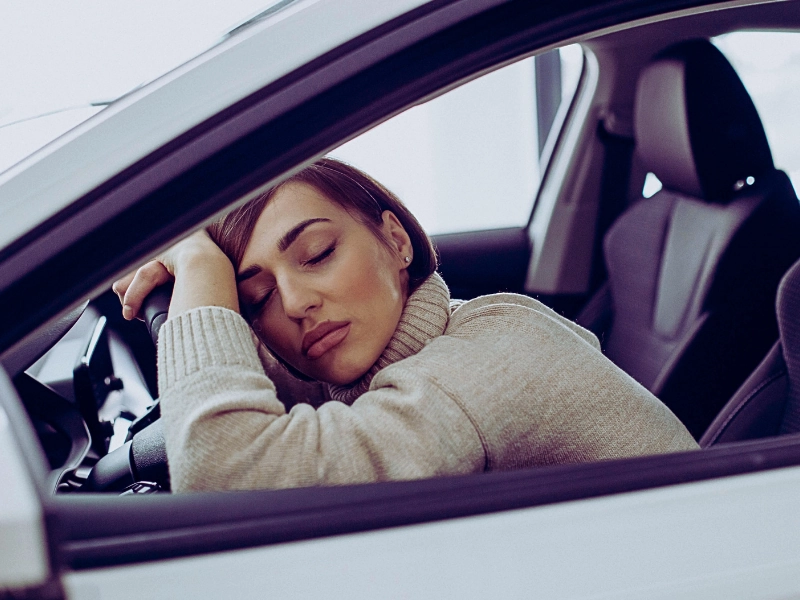If an alcohol-based hand sanitizer is used during a breathalyzer test, the test may show a false positive result which could lead to a DUI charge. Hand sanitizers emit alcohol vapors that float through the air. If vapors enter the mouth, they can cause a rise in blood alcohol readings and cause breathalyzer test equipment to malfunction.
Table of Contents
Hand Sanitizers and DUI Charges
Hand sanitizers containing alcohol, as well as other substances containing alcohol, can affect breathalyzer test results. Police officers and law enforcement personnel are responsible for ensuring that subjects do not come into contact with alcohol in any form at least 15 to 20 minutes prior to the administration of a breath test.
The Journal of Forensic Sciences recently published studies showing the impact of alcohol-based hand sanitizers on breathalyzer test readings. Studies focused on hand-held breathalyzer devices like those used in DUI traffic stops, as well as breath alcohol equipment used in police stations. Researchers ran a test on 65 individuals in a controlled, ventilated environment. First, a standard hand-held device was used to collect blood alcohol levels, then the operators used a small amount of Purell hand sanitizer and administered a second test. Researchers ran 130 tests, and 13 of those tests showed positive readings for alcohol in breathalyzer tests, even though the subjects taking the tests had nothing to drink. An additional 41 tests caused the breathalyzer equipment to malfunction presenting significant errors in readings.
Purell hand sanitizers contain approximate 62 percent ethanol. This is equivalent to 120 proof alcohol that’s found in many strong whiskeys and rums. There are reports of some small children who became intoxicated after prolonged skin exposure from alcohol-based sanitizers.
- In Germany, a two-year with skin injuries was wrapped in ethanol-soaked bandages overnight. Her blood alcohol level reached 0.8 and she lost consciousness.
- In Italy, a one-month-old baby became extremely lethargic after he was bandaged with alcohol-soaked gauze pads for several days.
- In Taiwan, a 45-year-old woman died after soaking in bathwater that contained 40 percent ethanol for 12 hours. She was trying to get rid of a skin infection.






